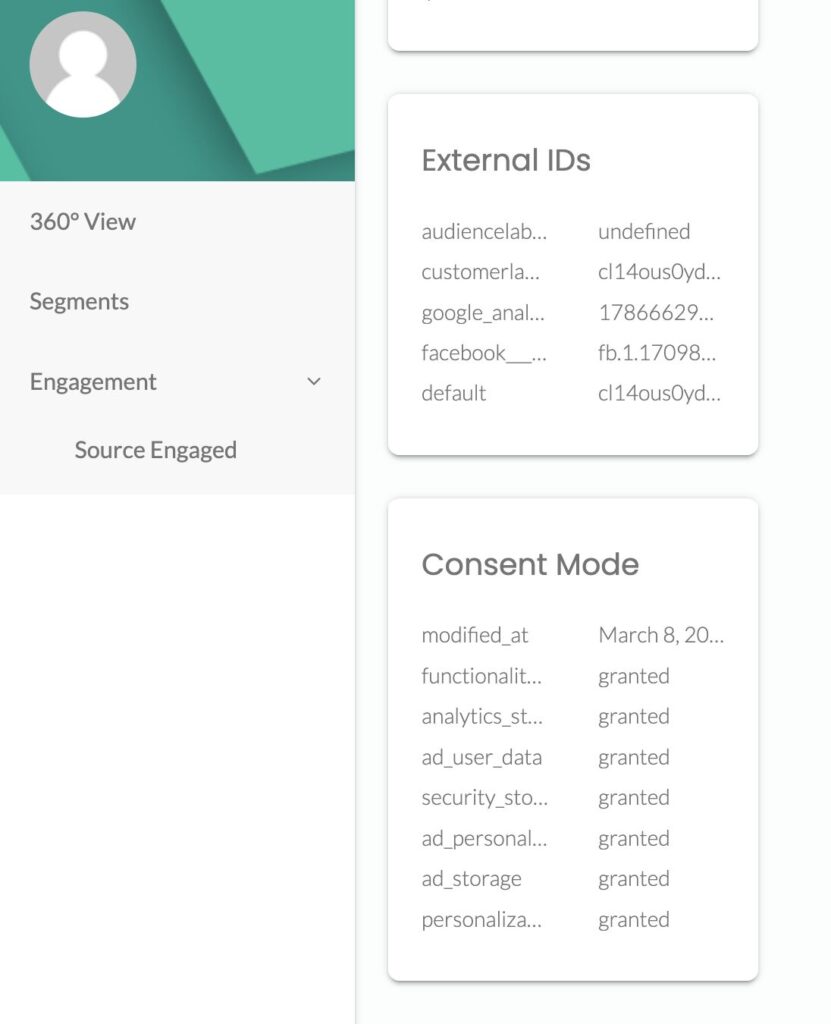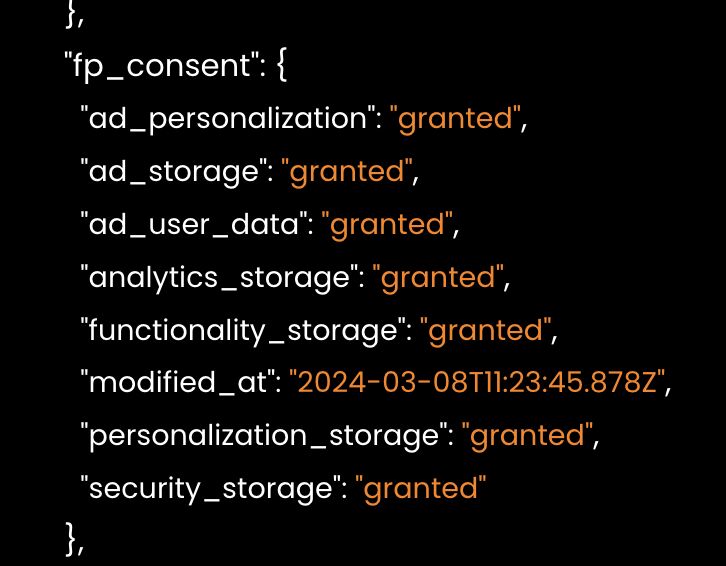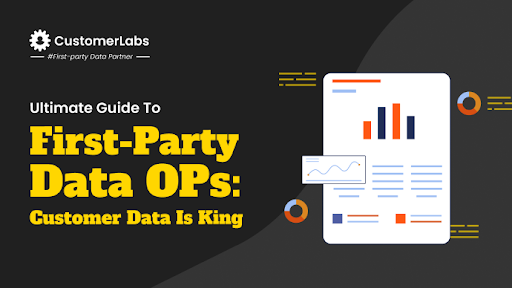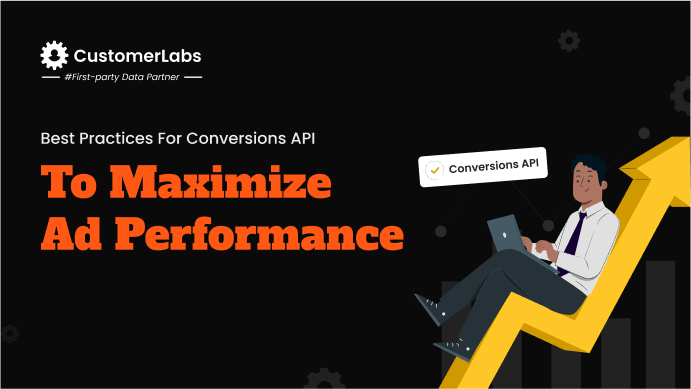Following the lines of DMA, or the Digital Markets Act, Google has launched its new EU user consent policy. This update is reshaping how we handle user data in the digital space. The launch of consent mode v2 is evidence of that. Every marketer ran behind in implementing the consent mode v2 using a consent management platform (CMP) and thought that was it. But here is the twist – it is not the silver bullet you might think it is. Most of them did not know the correct way to setup consent mode v2.
It is time you revisit your consent mode v2 setup and get it right!!!!!
Let us dive into why and what you can do about it.
CMPs as Consent Gatekeepers
CMPs or consent management platforms serve as intermediaries, regulating user consent. The role of CMPs is critical for adhering to privacy laws and ensuring compliance. Essentially, CMPs communicate to Google Ads which users granted consent and who have not. However, there are limitations to this approach.
They trigger the Google Tag, and this is how it behaves –
- For the users who grant consent, trigger user details with the consent granted status.
- For users who deny consent, trigger cookieless pings to the ad platform.
The Limitations of using a CMP alone
CMPs are proficient at managing user consent. But face challenges in linking the consent status with user activities. Particularly with offline purchases or lead data integrated into a CRM system.
Let us understand this with an example –
A user Y clicks on an advertisement but does not make a purchase. Later visits the offline store and makes a purchase or becomes a lead in a CRM. Now when you want to utilize this offline customer data, it requires user consent. Be it in Google Analytics (GA4) or Google Ads using customer upload list or offline conversion tracking. Google’s new EU user policy strictly prohibits the use of offline or CRM data without user consent parameters. The CMPs cannot send the user parameters for these offline users to Google Ads or Google Analytics (GA4)
Implement consent mode v2 right way

The above diagram demonstrates a strategic approach to enhance conversion rates. It shows integrating your offline and online data with Google Ads using a Customer Data Platform (CDP).
Using CustomerLabs first-party data, you can append consent parameters to offline conversions and online conversions and send it to Google Ads in a privacy-compliant manner.
This integration of CustomerLabs 1PD Ops with Google Ads allows for the legal and secure sharing of user-consented offline data, adhering to Google’s new EU user policy.
CustomerLabs 1PD Ops helps you implement consent mode v2 the right way to respect the user’s consent while boosting conversions.
Check out the step by step procedure to set up Consent Mode v2 with CustomerLabs 1PD Ops.
A detailed explanation of how and why you need to use CustomerLabs 1PD Ops for the correct way to setup consent mode v2
1. Let us assume your website received 1,500 clicks from advertisements.
2. These clicks are categorized based on user consent. Half of the users (750) granted consent and the other half (750) denied consent.
3. Further, these users are categorized into two
- the ones who continue their journey on the web,
- others who continue their journey in the offline world.
In the consented group there are 500 web users and 250 offline users. The same division applies to the unconsented group – with 500 web users and 250 off-web users.
4. CustomerLabs 1PD Ops enables you with 1p domain tracking to collect the user’s data in a privacy-compliant way along with consent parameters. It helps you store the user’s data and the consent parameters – ad_storage, analytics_storage, ad_user_data, and ad_personalization.
5. Next, you can integrate your customer data spread across multiple other systems (like your CRM, PoS, subscription system, a CSV file, etc.,) into CustomerLabs 1PD Ops. The web user data for the consented group is already available within the 1PD Ops. The offline data merges with the online user data including the consent parameters. This helps you with a complete 360-degree view of a customer including consent parameters.


6. Google’s observed experiments have shown that the consented users have a 10% conversion rate, and the unconsented users have a conversion rate of 1.8%.
Therefore, from the figures in the flowchart, we have a total of 50 consented conversions for the web users and 25 consented conversions for the offline users (50% of 500 and 250 web and offline consented clicks respectively). Similarly, we have 9 unconsented conversions for web users and 4.5 unconsented conversions for offline users (1.8% of 500 and 250 web and offline unconsented clicks respectively).

The Impact: A Conversion Boost
Implementing the Google consent mode v2 the right way using CustomerLabs 1PD Ops helps you with effective offline data sharing with consent parameters to Google Ads. It results in a 50% increase in conversions.
The increase in conversions resulted from sending accurate offline consented conversions using CustomerLabs 1PD Ops, which you might have missed using a CMP alone. This offline conversion data also impacts the conversion modeling for unconsented conversions on the web and offline.
The impact is seen in Google Ads with a significant conversion uplift.
Improving Data Quality with First Party Data Ops
CustomerLabs 1PD Ops not only helps with conversion attribution but also trains the ad algorithm with high-quality first-party data.
Issues like cookie expiration and incomplete data collection can undermine data effectiveness. With server-side cookies for data collection, storing this data indefinitely, and sending more comprehensive user data, including consent status, to Google, you are in good hands.
The lifelong cookie helps collect and send high-quality signals to ad platforms increasing match rates.
Conclusion
CMPs are the first step to implement the consent mode v2 but the 1PD Ops are crucial for using the user data with consent mode to offer personalized experiences to them while respecting privacy. First Party Data Ops that offer first-party data OPs are the future that optimizes your digital marketing strategies.
Implement Google consent mode v2 the right way using CustomerLabs 1PD Ops – Get started!






